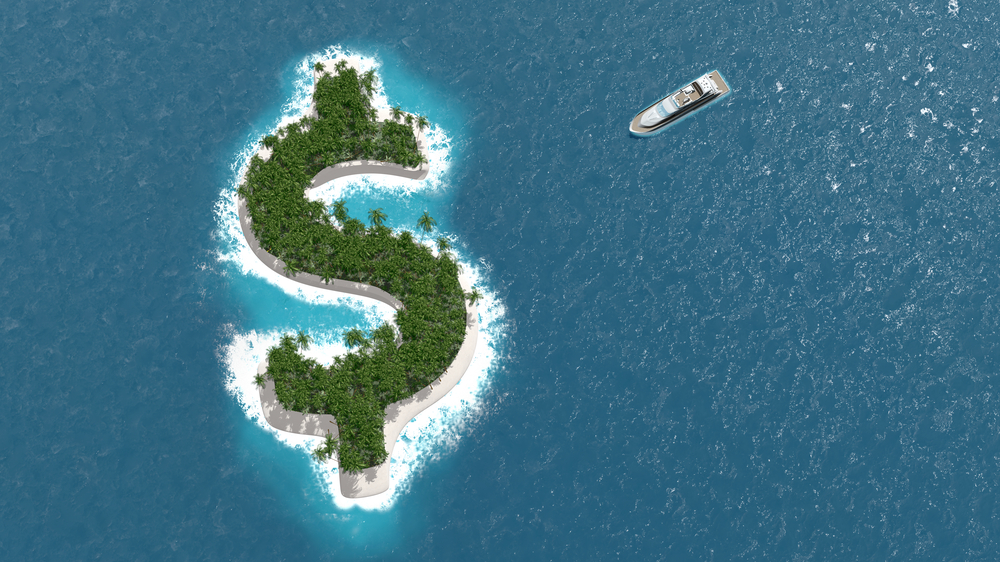The Corporate Tax Haven Index: roll of honour or the naughty list?
Mark Davies, of Mark Davies Associates, explains why he believes a new list of corporate tax havens may not be all that it seems
Mark Davies, of Mark Davies Associates, explains why he believes a new list of corporate tax havens may not be all that it seems

The Tax Justice Network (TJN) has recently published a corporate tax haven index for 2019. The TJN believes that it has the expertise to rank jurisdictions that enable multinationals to escape tax in a descending order of degrees.
Predictably, the British Virgin Islands top the chart, followed by Bermuda and the Cayman Islands. The Netherlands, Switzerland and Luxembourg follow closely behind. Helpfully, the TJN has highlighted all the British Crown Dependencies (CDs) and the British Overseas Territories (OTs) in its list.
The index combines a “haven score” and the Global Scale Weight (GSW).
The haven score is based on twenty tax related indicators of “tax haven-ness”. This is an invented abstract noun to determine how “aggressive” their tax policy is.
The index also includes GSW, which attempts to estimate how many multinationals are using each jurisdiction. In the absence of any data on this, they have used data on foreign direct investment prepared by the IMF.
Some offshore jurisdictions rank highly on the haven score because they do not charge direct tax on corporates. This may be because they do not have the same degree of public spending, or perhaps they may not have the administrative machinery to collect direct taxes. Alternatively, they may prefer to collect taxes from resident individuals rather than corporates. The point is, a tax system that taxes profits at the company level and dividends at the investor level can result in double taxation, which is a disincentive to doing business. In my opinion, choosing not to collect direct tax from corporates does not make your tax policy aggressive.
Many island jurisdictions choose to operate in this way and achieve near perfect haven scores. Consequently, if a jurisdiction is popular as a holding company jurisdiction it automatically scores highly. For example, the British Virgin Islands were bound to be on top because they do not charge direct taxes and there are more companies incorporated there than anywhere else.
Jurisdictions with no direct tax are not always beneficial to multinationals. The name of the game is to try to avoid paying tax multiple times and to recognise profits in low tax jurisdictions. Many no-tax jurisdictions do not have any double tax treaties, which can mean that dividends, interest and royalties suffer withholding taxes when remitted to a no-tax jurisdiction. Therefore, profits could be taxed at least twice – once where they are earned and again with taxes withheld on distribution.
Some jurisdictions, often called mid-shore jurisdictions, have a high haven score where, for example, they have tax exemptions for certain types of income or gains. Yet, some exemptions are EU approved to prevent double taxation. For example, the UK exempts corporates from paying tax on certain dividends and gains in some circumstances. These jurisdictions have a bigger part to play in international tax planning, because they usually have double tax treaties, so dividends could be received with lower withholding taxes. Through subjective analysis the TJN has created an arbitrary list.
Jurisdictions with a high GSW are high on the index. In essence, the GSW is an assessment of the size of each jurisdiction’s share of the global total of foreign direct investment. This is defined as the investment made by investors from one country into a business in another country. Why is this a shameful figure?
These jurisdictions play a valuable role in international trade, as investors (who themselves are taxed in their home jurisdiction) can invest through so called tax havens into a jurisdiction where the profits are actually made (and taxed). It is simplistic to think that all profits made in “tax havens” stay there. These jurisdictions are part of a chain where tax is paid at many points.